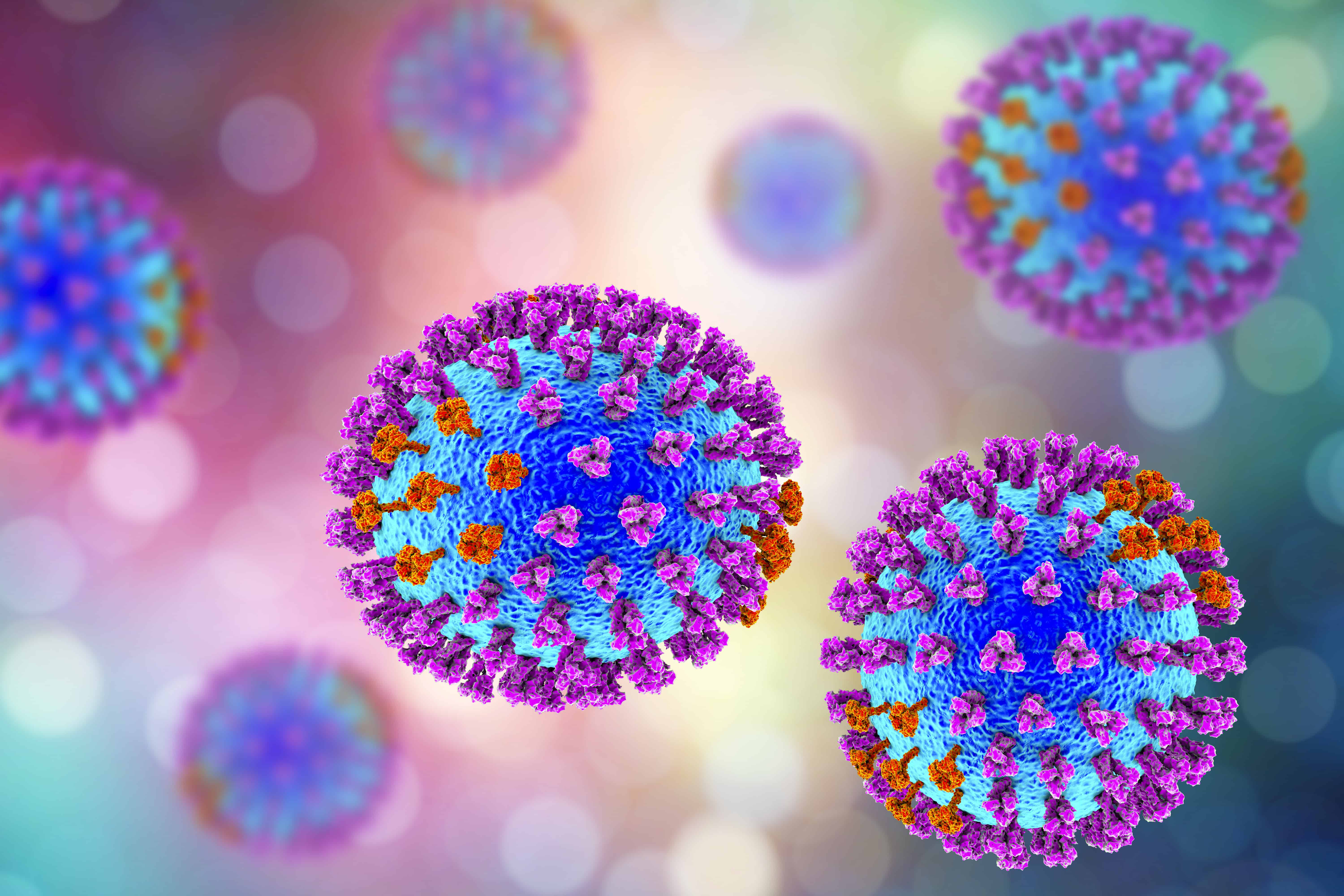January 25, 2018

The Question: One of the constraints on fast-evolving viruses, such as the influenza virus, is protein stability, or how strongly the folded protein holds together. Despite the importance of this protein property, there has been limited investigation of the impact of the stability of the influenza virus hemagglutinin protein—the primary antibody target of the immune system—on its evolution. In this study, published in the journal mSphere, a publication of the American Society for Microbiology, we examined how the thermodynamic stability of the hemagglutinin protein changes over time as the virus evolves.
What We Found: Using several years of publicly available sequence data for both H1N1 and H3N2 influenza viruses – the main viruses that cause the annual flu epidemics – we computationally assessed the stability of the virus lineages over time. Our analysis found that viruses with more-stable hemagglutinin proteins were associated with long-term persistence in the population. Analysis of the mutations associated with the persisting lineages found that they were characterized by the early appearance of highly stabilizing mutations. Experimental analysis on the thermodynamic stability of a subset of the hemagglutinin proteins in the dataset found that our computational estimates were highly correlated with actual changes in stability.
Why It Matters: There are two potential reasons for the observed persistence: One is that more-stable proteins tolerate destabilizing mutations that less-stable proteins could not, thus increasing opportunities for immune escape. The second is that greater stability increases the fitness of the virus through increased production of infectious particles. Further research on the relative importance of these mechanisms is needed, but the results could help inform the annual influenza vaccine composition decision process. Improving the vaccine selection process could result in vaccines that are more effectively matched to the prevailing strain of influenza, which would reduce the likelihood of individuals contracting the flu and prevent thousands of deaths annually.
Image source: www.MedicalGraphics.de (CC BY-ND 3.0 DE)

